
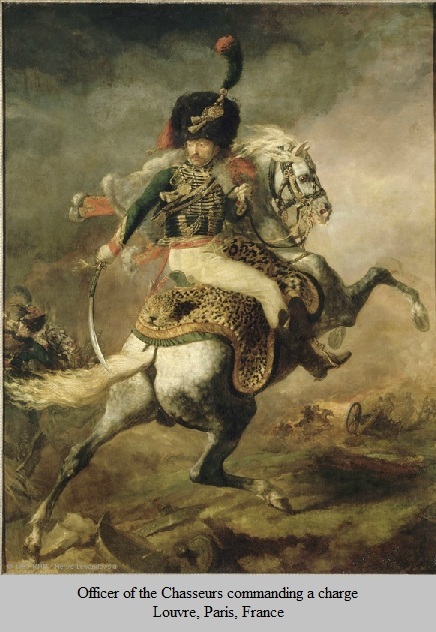
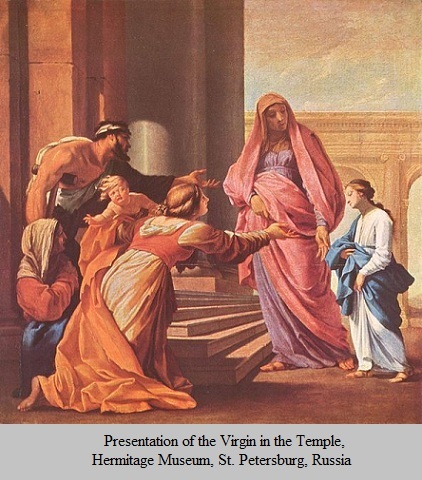
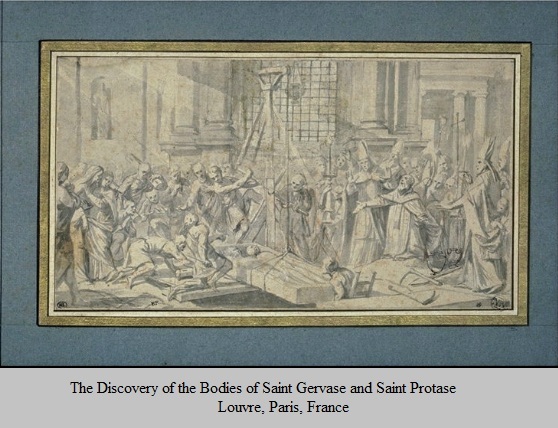
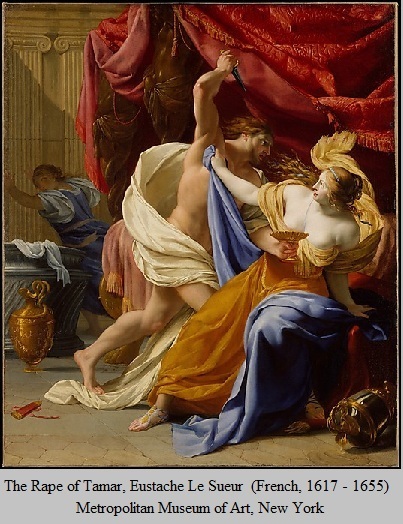
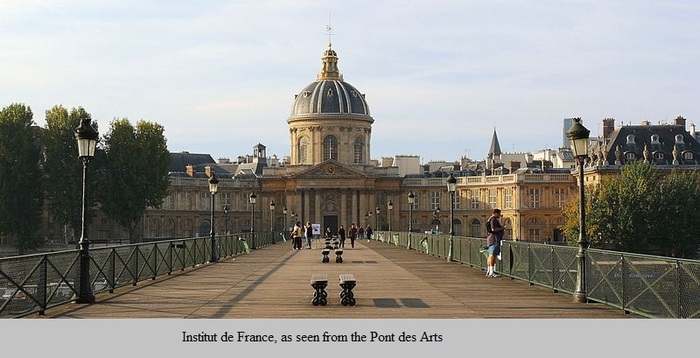
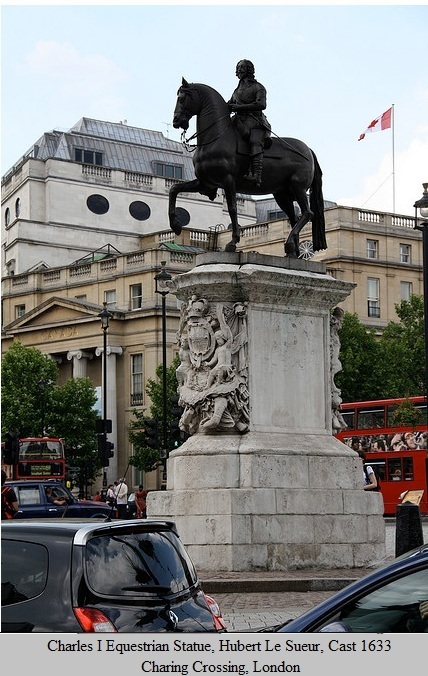
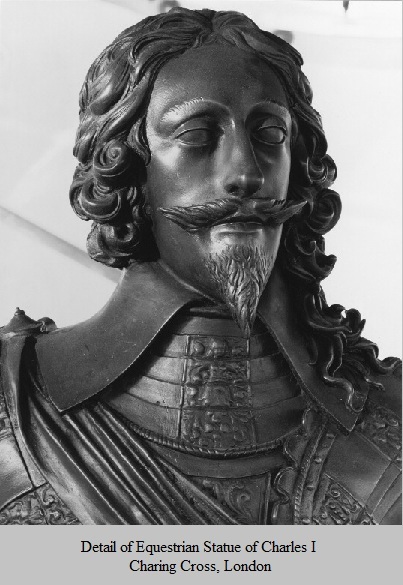

by Alexander Bannerman
line engraving, mid 18th century
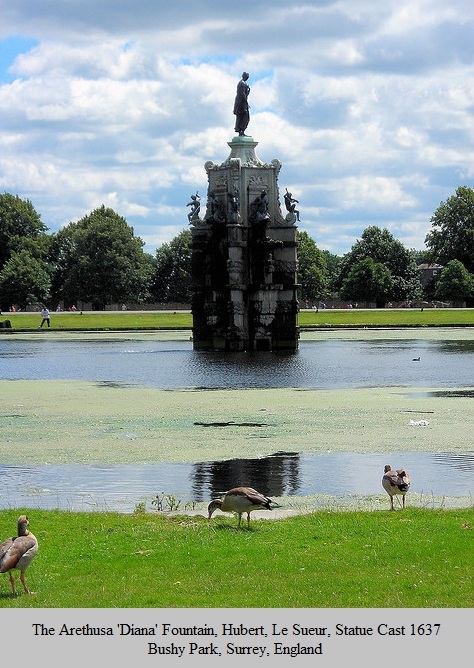
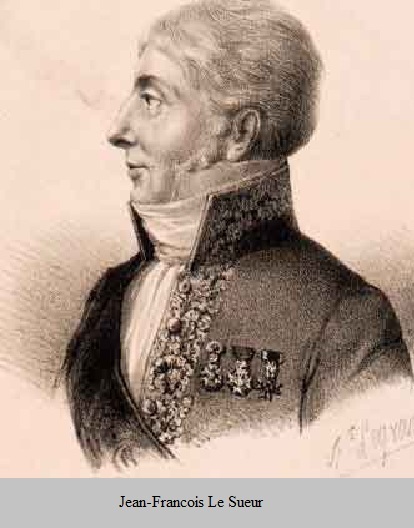
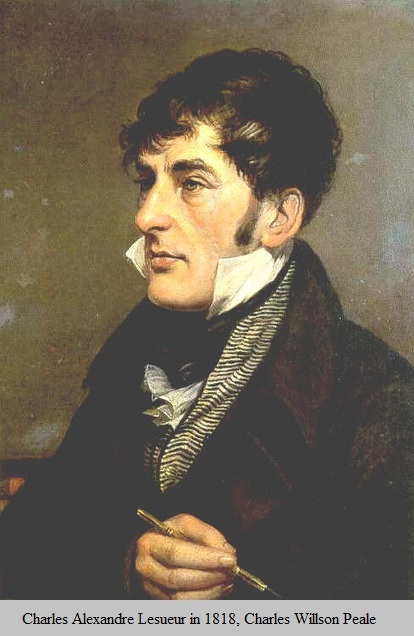
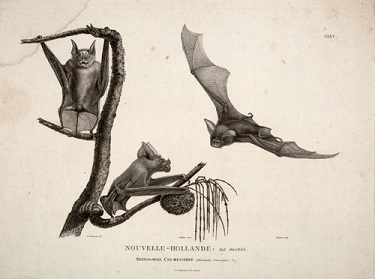
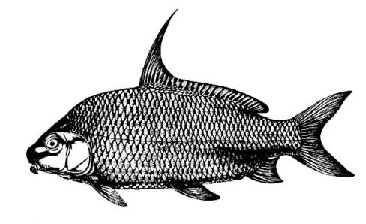
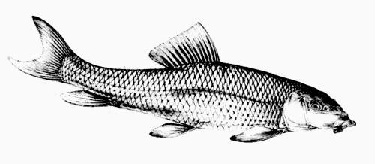
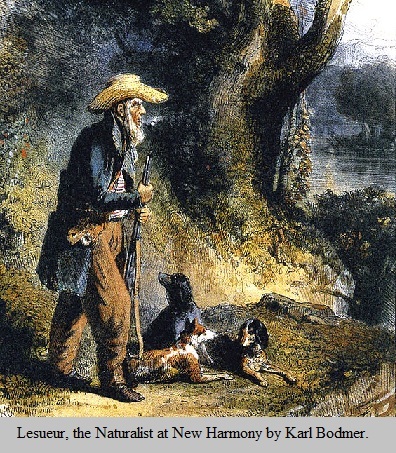
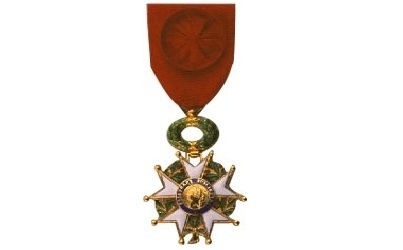
Chevalier de l’Ordre Royal de la Légion d’honneur – Medal and Ribbon
Eustache was apprenticed as a youth to study draftsmanship and painting at the studio of Simon Vouet (1590 – 1649). Vouet, a master of the Italian Baroque style of painting, most likely accepted him to train at his studio as a favor to Eustache’s uncle Hubert Le Sueur (1580 – 1658), the famed 17th-century sculptor who produced the majority of his sculpture in London. Vouet was later summoned by Louis XIII, father of Louis XIV, to serve as Premier peintre du Roi in France.
Trained in Giambologna‘s Florentine workshop, Hubert Le Sueur was one of the finest sculptors of his day in both Paris and London, but primarily in the latter locale. His bronze statue of Charles I which he cast in 1633 now stands at Charing Cross in London. It is the oldest equestrian bronze statue ever cast in Britain, and thanks to a miracle for posterity’s sake (the recusanr Howard’s sequestered the statue for preservation’s sake), it wasn’t smelted as Oliver Cromwell he ordered given his anti-monarchal druthers during his regency. His other works can be seen in Westminster Abbey and other locations throughout the greater London area. Most of his career as a sculptor in England was fostered by Charles I, father of King James II (1633 – 1701, through many sculpture commissions he granted him, almost from his advent in England as a sculptor.
Dr. Samuel Outwater (1857 – 1953), who compiled the first important genealogical record of the Outwater lineage during the early 20th century, was the first to recognize the sibling relationship between Francois Le Sueur and Eustache. His sources, however, were rather vague and inconclusive. As a result, not many of his followers were too well convinced of the claim, especially since Francois hailed from Normandy and Eustache spent all his life in Paris. For your information, Francois was the primogenitor of the main branch of Le Sueurs of North America.
Eustache’s artistic accomplishments during his relatively short life span set him apart from all other Parisian artists of his day. Long considered the “French Raphael”, he was one of the founding fathers of Académie Royale de Peinture et de Sculpture. In 1795 the academy was merged into the Académie des Beaux-Arts, which is now a part of Institut de France. Eugène Delacroix (1798 – 1863) said of him, “A single figure by [Le Sueur] is a perfect harmony of line and effect, and when many figures are assembled in one picture everything is brought into harmony.”
Nearly all of his forty-two paintings are currently in the collection of the Louvre in the Sully and Richelieu galleries. His paintings are also in the collections of the British National Gallery, Hermitage Museum of St. Petersburg, and Metropolitan Museum of Art in New York.
Jacques-Philippe Le Sueur (1759–1830), his descendant, followed Hubert’s tradition as a sculptor. So much so, that in 1828 the Ordre national de la Légion d’honneur was conferred upon him in recognition of his stellar contribution to French artistic culture. At the age of twenty-one, he received the commission to design and sculpt the cenotaph that entombed Jean-Jacques Rousseau (1712 – 1778) after his death. Located on the grounds of Château d’Ermenonville, it was his final resting place before his remains were transferred to the Panthéon in 1794.
In 1786 Jean-François Le Sueur (1760 – 1837), who was the great-nephew of Eustache Le Sueur, attained the position of Music Director at Notre-Dame de Paris. His most famous opera, Ossian, ou Les Bardes, played with great success at the Paris Opéra. Napolean attended the premiere performance and was so moved by the opera that he conferred the Légion d’honneur upon the composer the following day. He later composed the Triumphal March for Emperor Bonaparte’s coronation. Soon afterward he was named Composer of the Royal Chapel and conductor of the orchestra of the Paris Opéra.
From the beginning of 1818, Jean-François taught composition at the Conservatoire, where over the years he had for pupils Hector Berlioz, Ambroise Thomas, Charles Gounod, Louis-Désiré Besozzi, and Antoine François Marmontel. He is still regarded today as one of the foremost musicology instructors of all time.
Another of his relatives was Charles Alexander Le Sueur (1778 – 1846) who was one of the founders of the Academy of Natural Sciences in Philadelphia and once called “The Raphael of Zoological Painters.” After reviewing his portfolio of drawings of flora and fauna, Napoleon commissioned him in 1807 to produce an account of the Australian expedition he sent to the country in 1800 that Le Sueur accompanied as a sailor. He later published the first volume, containing forty-one plates of profiles of coasts and maps, scenes of the Australian areas, flora and fauna, and ethnographic subjects. A second volume was produced in 1816, but without the plates which Le Sueur had prepared for it. Before he died in 1846, he was awarded the Chevalier de l’Ordre Royal de la Légion d’honneur.
Philippe Le Sueur, sieur de Petiville (1607 – 1657), was a neo-Latin French poet and politician. He was an important Huguenot leader in the position he held as Counselor of the Parliament of Normandy. Famed for his Latin poetic compositions during his day, he was a founding member of the Académie des Sciences, Arts et Belles-Lettres de Caen. He was closely related to polymath Samuel Bochart (1599 – 1677). The profoundly erudite Bochart wrote in several Oriental languages, including Arabic. He may have been one of the most brilliant scholars of his era, anywhere.
Variants of the Le Sueur surname in North America include Lozier, Losier, Lasher, Cyr, and Sears, just to name a few. The Le Sueur ancestry was founded in Normandy, France, probably well before Rollo (860 – 930) conquered the region during the 9th century.
Joan Crawford (1905 – 1977), the famous American screen actress, was born Lucille Fay Le Sueur in San Antonio, Texas. In 1945 she won the Academy Award for Best Actress in a Leading Role for her starring role in Mildred Pierce. (1945). After her death, she was voted the tenth greatest female star in the history of American cinema by the American Film Institute. Her brother Hal Le Sueur (1901 – 1963) was also a screen actor. He played minor roles in over two dozen films for MGM Studios from 1935 to 1957. His first film role was as the character Millard in the 1935 screen hit Mutiny on the Bounty, which starred Clark Gable and Charles Laughton.
Engineering genius Harry Lozier (1843 – 1903) and his son Harry Jr achieved deserved entrepreneiral acclaim as automotive pioneers during the early 20th century. Their Lozier Motor Company produced luxury cars in Detroit, Michigan from 1900 to 1915. In 1911 the most expensive Lozier model car was over three times more expensive than any top-of-the-line car produced by any other automotive manufacturer (including Cadillac and Packard) in the U.S. A Lozier car was entered into the running of the first Indianapolis 500 in 1911. They were agnatic descendants of civil engineer Francois LeSueur (1625 – 1671) who immigrated to New Amsterdam from Dieppe, France in 1657.
On my mother’s side of the family tree, Marguerite Le Sueur (born 1542) enters the lineage with her marriage to Jehan LeFebvre (born 1538). The couple hailed from Caen, Calvados, Basse-Normandie, France. Their grandson Nicolas emigrated to New France during the mid-17th century.
Eustache LeSueur
BIRTH 1617 • Paris, Île-de-France, France
DEATH 1655 • Paris, Île-de-France, France
Ancestry.com citation/Lineage
8th great-granduncle OUTWATER-COLLINS
Marguerite LeSueur
Birth 1542 in Caen, Calvados, Basse-Normandie, France
Death in Marne, Champagne-Ardenne, France
11th great-grandmother LEFEBVRE-PARENT-GIROUX-MERON-BRULE
WikiTree
SOURCES
Charles Alexander Le Sueur Wiki
Cornelius Arentsen Viervant and Jeanne Le Sueur
The Patricians, A Genealogical Study – Ebook Editions (Epub, PDF & Kindle) US$5.95

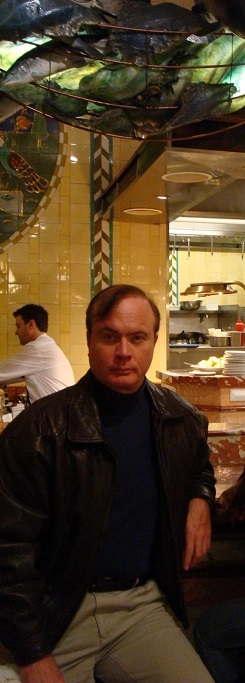
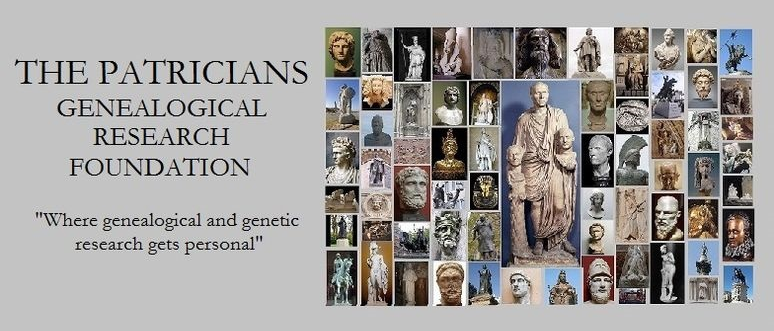

5 replies on “Eustache Le Sueur (1617 – 1655) French Baroque Painter, Founder of Académie Royale de Peinture et de Sculpture”
[…] Eustache Le Sueur (1617 – 1655) Founder of French Academy of Painting GGU […]
LikeLike
[…] Eustache Le Sueur (1617 – 1655) Founder of French Academy of Painting GGU […]
LikeLike
[…] RELATED BLOG ARTICLEEustache Le Sueur (1617 – 1655) Founder of French Academy of Painting […]
LikeLike
[…] Eustache Le Sueur (1617 – 1655) – French Baroque Painter, Founder of Académie Royale de… […]
LikeLike
[…] Eustache Le Sueur (1617 – 1655) – French Baroque Painter, Founder of Académie Royale de… […]
LikeLike